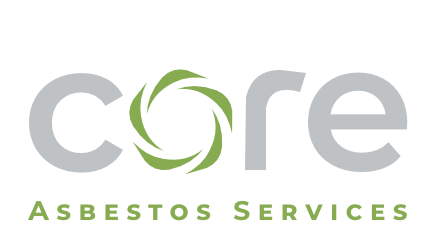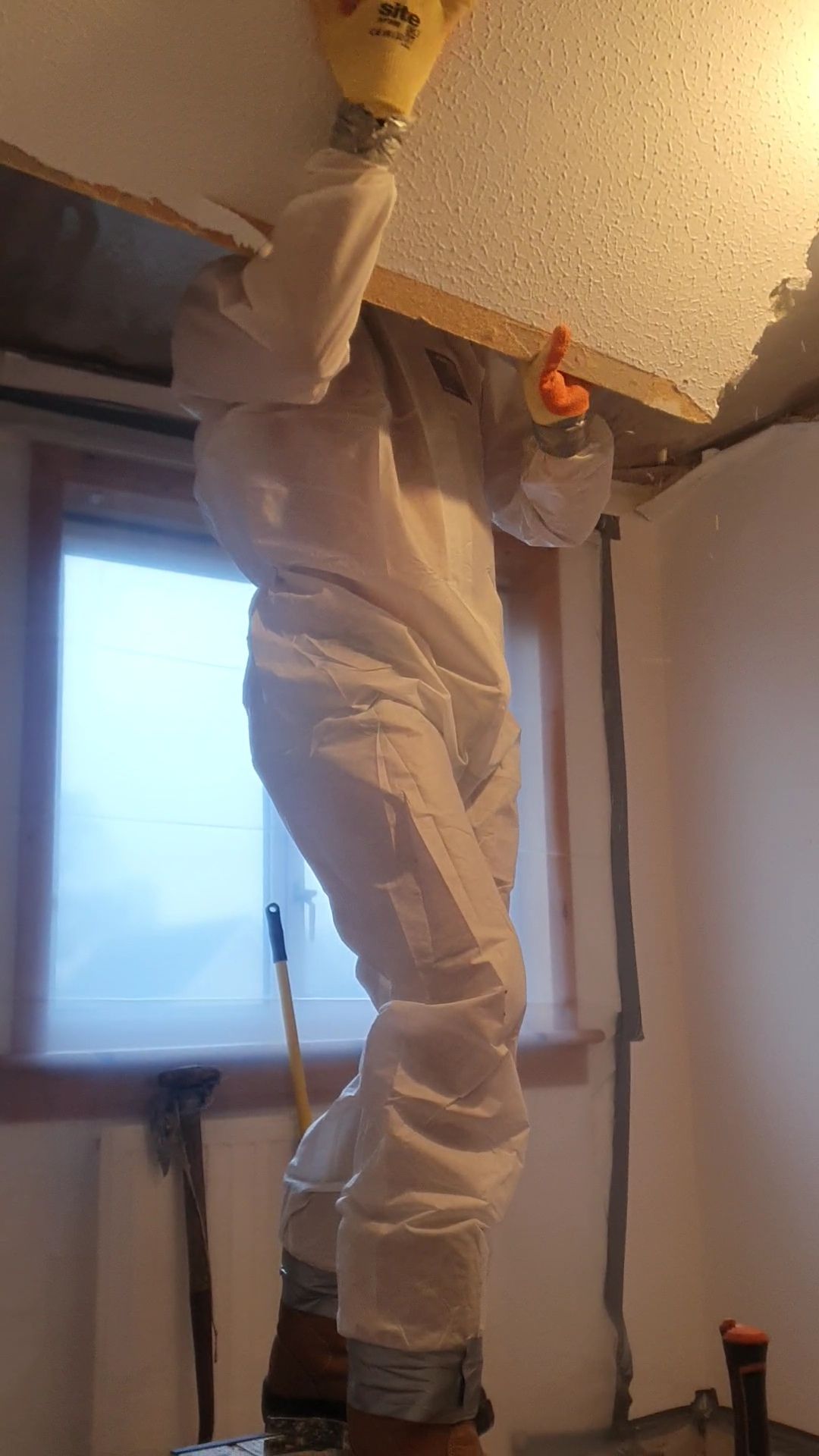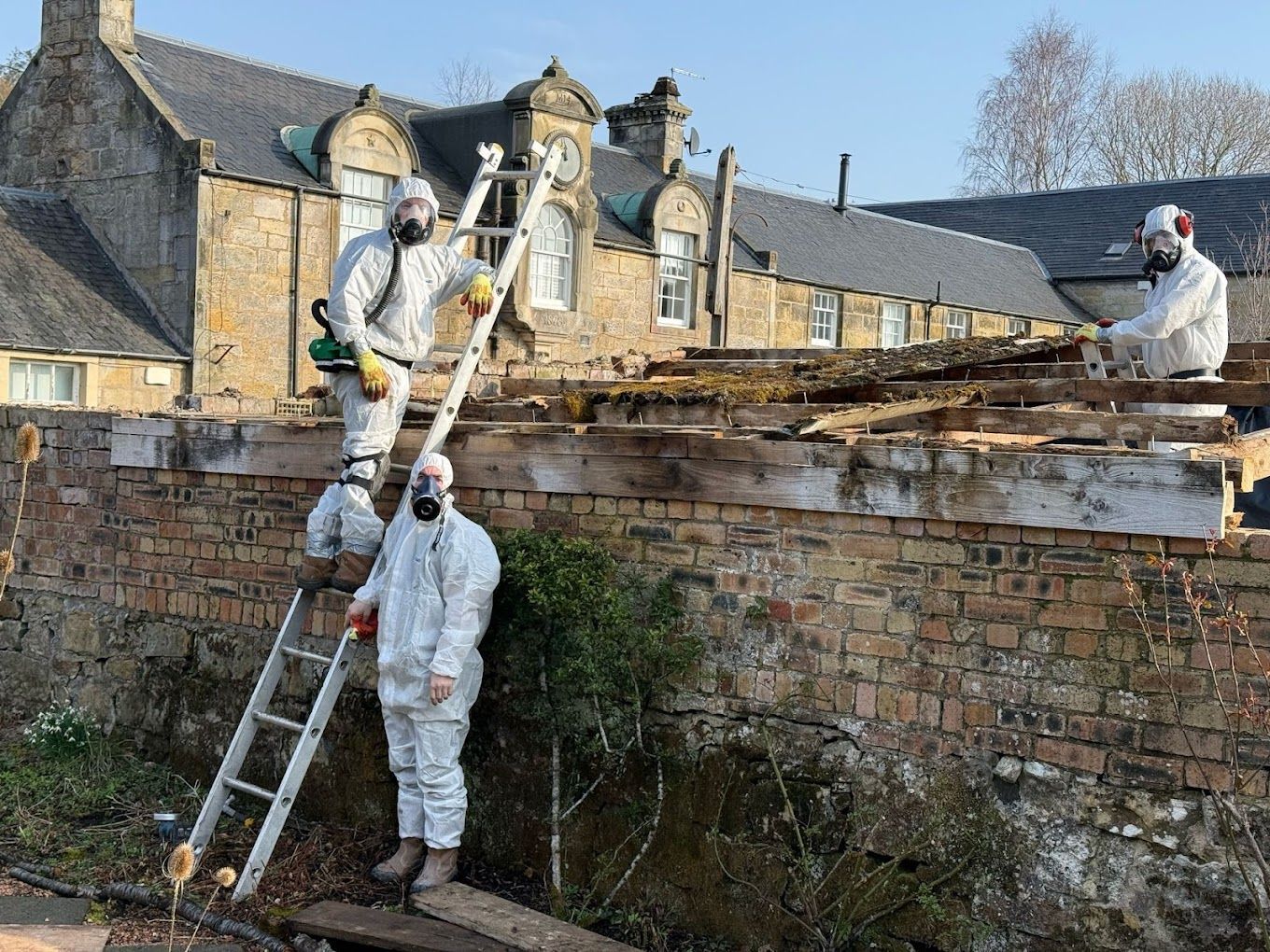Asbestos Refurbishment Surveys
Why Asbestos Refurbishment Surveys Are Essential for Safe Renovations
You’ve just purchased a charming old property in Scotland—full of character, history, and renovation potential. Before swinging that sledgehammer or tearing up floorboards, there’s a hidden danger you must deal with first: asbestos.
Often found in older buildings, asbestos-containing materials (ACMs) can release toxic fibres when disturbed. Inhaled fibres can cause devastating diseases, including asbestosis, lung cancer, and mesothelioma. That’s why conducting an Asbestos Refurbishment and Demolition (R&D) Survey is not just a legal formality—it’s a vital step in any safe renovation project.
Why Asbestos Surveys Matter
Here’s what every homeowner, property manager, or contractor needs to understand:
- Asbestos is deadly. Breathing in its microscopic fibres can lead to serious and often fatal lung diseases.
- Surveys are mandatory for renovations. An R&D survey identifies ACMs before any structural work begins.
- Only professionals should assess for asbestos. Trained surveyors know how to detect and evaluate materials safely.
- Survey reports must be clear and compliant. They form the legal and practical foundation for safe project planning.
- You’re legally responsible. Under UK law, the property owner or “duty holder” must manage asbestos risks.
- Always assume asbestos is present—especially in buildings constructed before 2000—until proven otherwise.
By acting on this knowledge, you can minimise the risks and keep your renovation safe for workers, residents, and future occupants.
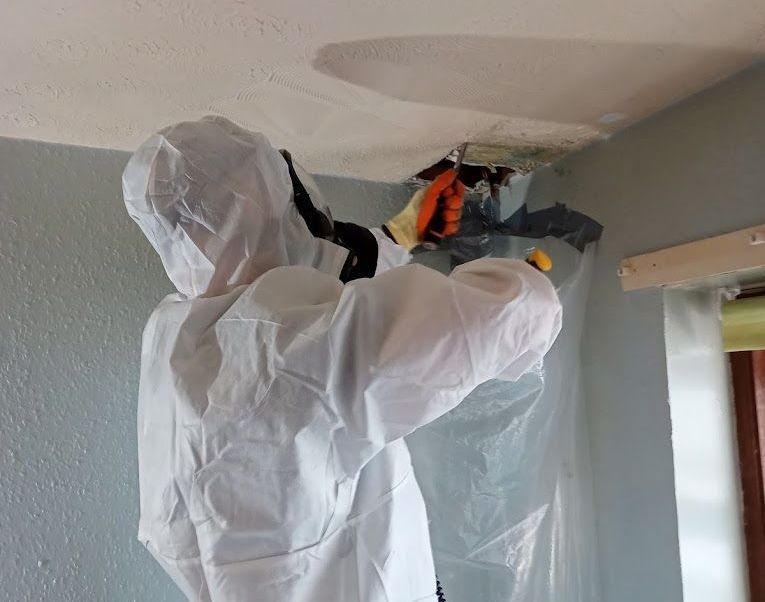
What Are Asbestos-Containing Materials (ACMs)?
ACMs were once prized for their strength, fire resistance, and affordability. They were commonly used in:
- Floor tiles
- Ceiling panels
- Roofing sheets
- Pipe insulation
- Boiler cladding
While banned today, many older buildings still contain ACMs. When disturbed, they release dangerous airborne fibres. Without proper management, even basic renovation work can create serious health hazards.
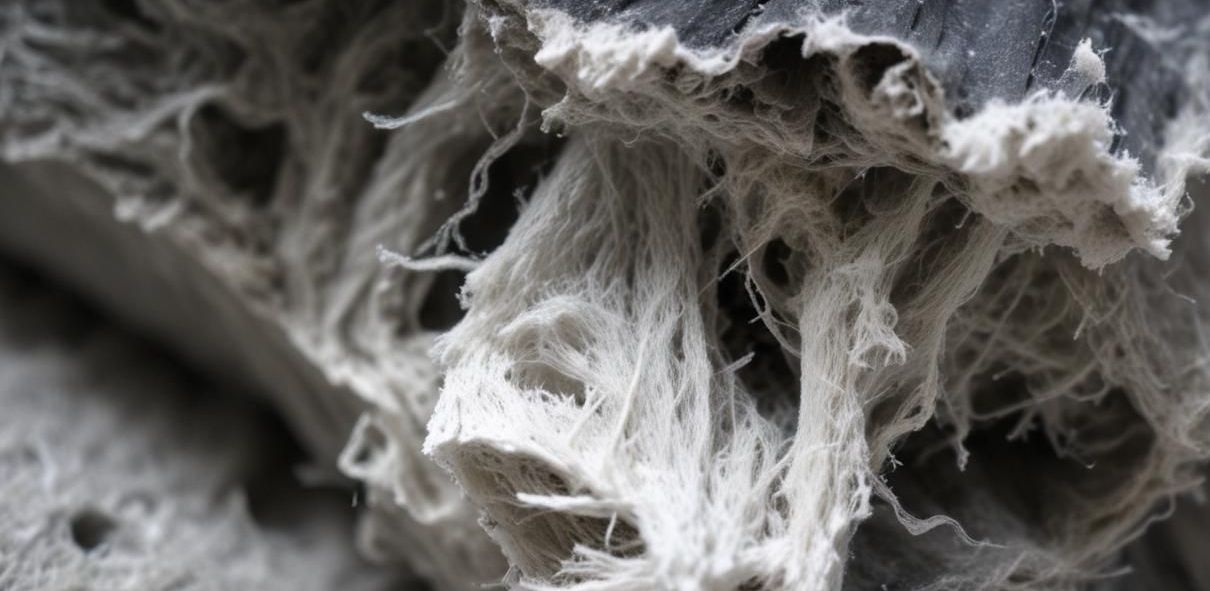
What Is an Asbestos Survey?
An asbestos survey isn’t just a box to tick—it’s a critical health and safety measure. Its purpose is to locate, identify, and assess any asbestos materials in a building. There are two main types:
1. Management Survey
- For buildings in normal use.
- Helps develop a long-term plan to manage and monitor asbestos.
2. Refurbishment and Demolition (R&D) Survey
- Required before any major renovation or demolition.
- Involves more intrusive inspection to locate ACMs that could be disturbed during work.
- Mandatory for any structural alterations.
If you're planning a refurbishment, an asbestos demolition survey R&D is non-negotiable.
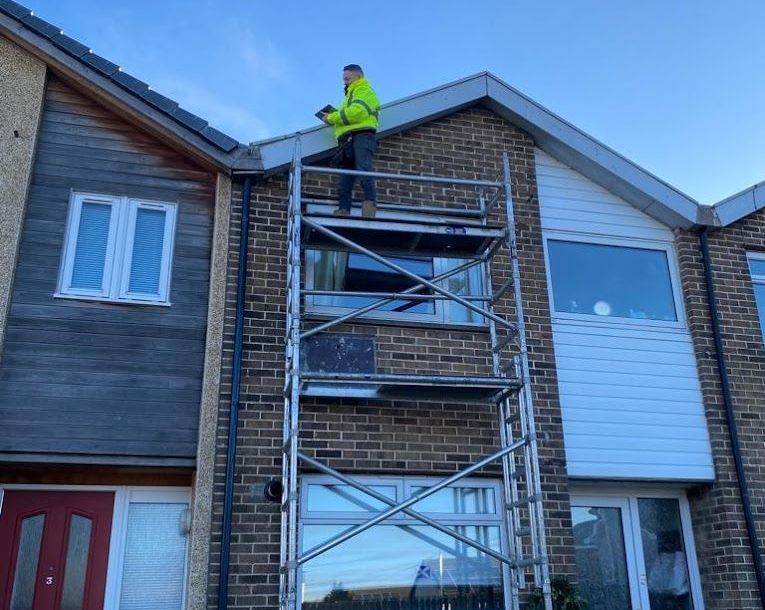
Choosing a Qualified Surveyor
Not all surveyors are equal. You need a competent professional with the training, experience, and accreditation to:
- Identify ACMs correctly
- Sample and test materials in certified labs
- Provide a compliant and actionable report
- Advise on removal or risk management
Look for surveyors who are UKAS-accredited and have experience with your type of property.
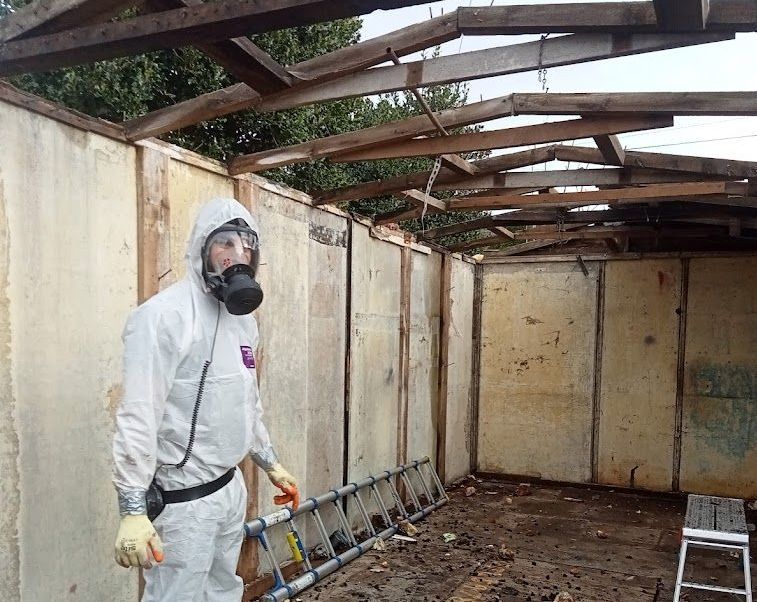
How an R&D Survey Works
R&D surveys are intrusive by design. The surveyor may:
- Break into wall cavities
- Lift floorboards or ceiling tiles
- Inspect ducts, voids, and hidden spaces
- Collect samples for lab testing
The building must be vacant during the survey, as these activities can disturb fibres. Once the report confirms it’s safe, work can proceed.
A high-quality R&D survey will include:
- A list of all ACMs found
- Their locations and current condition
- Risk assessment for potential disturbance
- Recommendations for removal or management
- Diagrams and visual aids to support findings
our Legal Duties as a “Duty Holder”
Under the Control of Asbestos Regulations (CAR) 2012, if you own or manage a building, you are the duty holder. This means you are legally required to:
- Identify asbestos risks
- Maintain an asbestos register
- Update your asbestos management plan
- Ensure safe working conditions during refurbishment or demolition
Failure to comply can result in
fines, prosecution, or imprisonment—but more importantly, it can endanger lives. A thorough R&D survey helps you meet these responsibilities from day one.
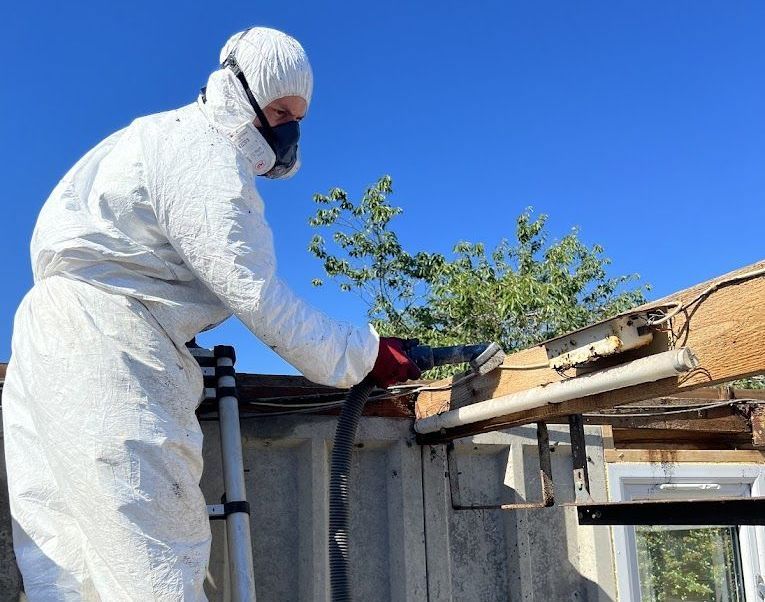
How to Review Your Survey Report
A proper report is more than a document—it’s your asbestos roadmap. Make sure it includes:
- Full area coverage, including any inaccessible spots
- Clear language with minimal jargon
- Accurate location, type, and condition of all ACMs
- Detailed diagrams or floor plans
- Compliance with regulations and industry standards
Use the report to plan safe removal or containment before renovations begin.
Conclusion: Build Safely from the Ground Up
If you’re planning any major renovation, demolition or refurbishment work, an asbestos refurbishment survey is the first and most important step. It protects you, your family, your workers, and your investment.
Don’t risk health or legal trouble by skipping this essential process. Hire a qualified asbestos surveyor, insist on a detailed R&D survey, and make asbestos safety the foundation of your renovation journey.
For peace of mind, explore professional asbestos testing services for your home or business—and renovate the right way, from the very start.
